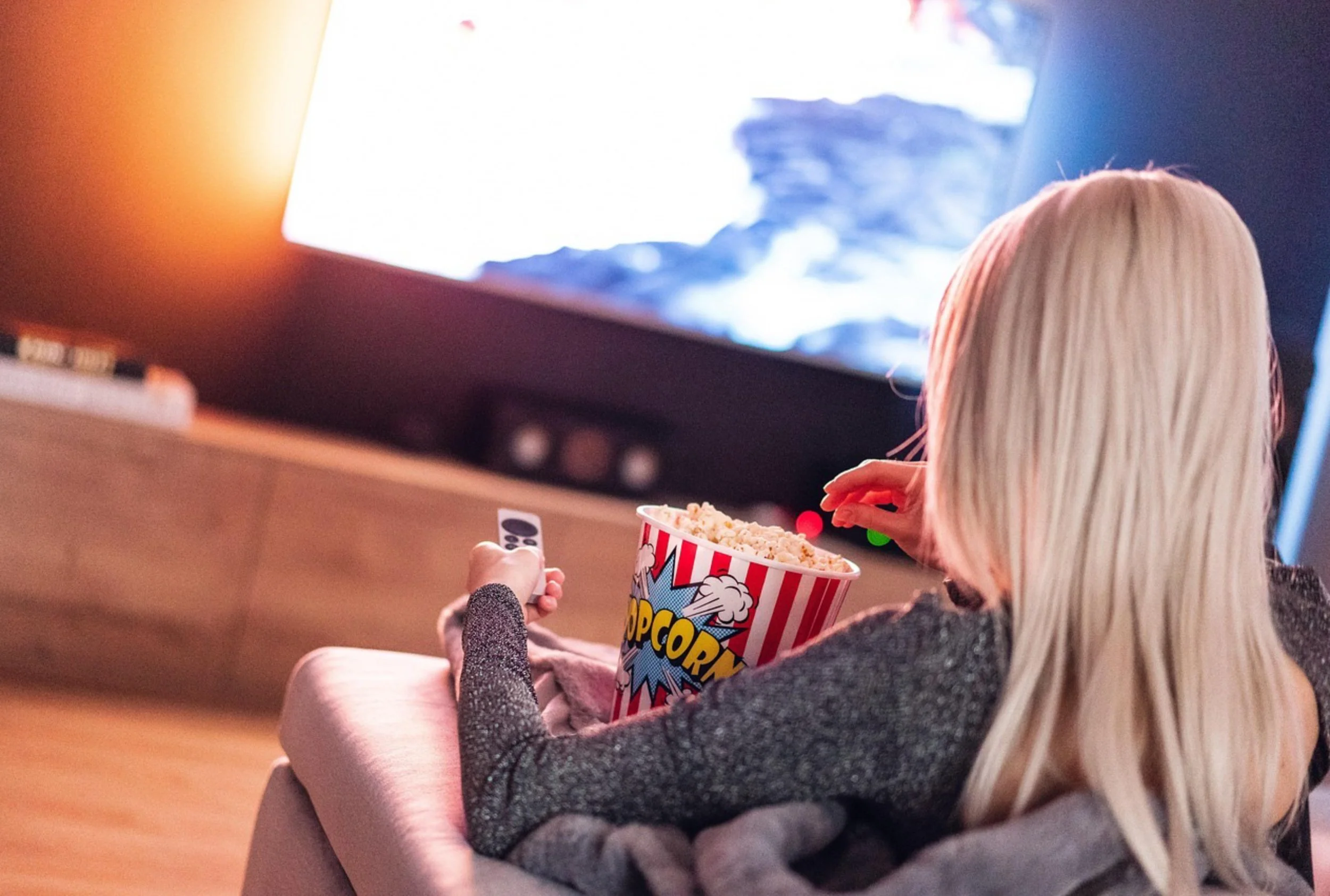Designing for Emotion: Product Lessons from the Entertainment World
Product management is often described as the discipline of solving problems. That’s not wrong. But in entertainment tech, we’re solving problems that carry emotional stakes. It’s not just about efficiency or convenience—it’s about how people feel while using the product.
I’ve worked in theme parks, film studios, television networks, and large-scale multiplayer games. Across all of them, the core challenge was the same: build experiences that work, and that make people feel something. Wonder, joy, adrenaline, connection. These moments aren’t fluff. They’re the product.
Here are a few principles I’ve come to believe through those experiences.
1. Solve for Function and Feeling
Early in my career, I participated in the Disney College Program and worked at a safari-themed attraction in one of the company’s Florida parks. My role was to drive a large truck through a wildlife preserve while narrating a 20-minute story in real time. Animals roamed freely, and no two safaris were ever the same. Every guest interaction had to balance safety, story, and spontaneity.
That experience taught me that even when a system is highly structured, the feeling it creates still matters most. The success of the attraction wasn’t measured in efficiency. It was measured in delight, immersion, and the memories guests took home.
Later, while working on a secure video streaming product for a major film studio, that same principle came into sharper focus. One of our key audiences was children’s hospitals, where nurses would gather kids and families into common rooms for special movie days—screenings of new theatrical releases that weren’t available anywhere else.
On paper, this was a product about encryption, watermarking, and authentication. But in practice, what mattered most was that a nurse could walk into the room, click “play,” and bring that movie magic to life instantly and reliably. If something didn’t work, they’d call us right away, and more than once I drove to a nearby hospital to help in person.
That experience reminded me that product performance isn’t just technical—it’s emotional. When everything worked seamlessly, a hospital ward became a mini movie theater. Families laughed together. Kids got to be kids. A great product didn’t just solve a problem. It created a moment.
2. Treat Your Users (Guests, Players) Like Co-Creators
Entertainment products aren’t static. People interact with them, respond to them, and reshape them. In my current work, the product surface isn’t just UI. It’s player behavior. You’re managing emotion at scale. That means thinking about everything from social systems to safety mechanics to how people express themselves in social interactions with one another.
Users in entertainment aren’t passive. They co-create the experience. Guests interact with cast members. Viewers remix and share. Gamers adapt and challenge the systems we build, turning them into dynamic and living environments.
This changes how you approach roadmaps. You’re not just planning features. You’re designing incentives, signals, and systems that evolve through player interaction. That takes humility and a deep respect for how people play, behave, and connect.
3. Respect the Intangibles
There’s a moment, late in the day, when the sky turns golden over the savanna. The lions come out. The truck slows. Everyone goes quiet. That moment wasn’t on any KPI dashboard, but it was the reason people came back.
Entertainment PMs still measure metrics like engagement, retention, and satisfaction. But we also learn to pay attention to the things that don’t always fit neatly into the data. Delight. Trust. Atmosphere. These are not soft ideas. They’re signals of long-term value.
And yes, there are times when you’ll need to advocate for something that feels right, even if it’s hard to quantify. Maybe it’s a noncritical onboarding animation that builds anticipation. Maybe it’s the wording in a prompt that shapes player tone. These moments may not win an A/B test, but they build emotional equity.
Final Thought
Entertainment products are emotional by design. They still solve problems, but they solve them in ways that shape how people feel. The best product teams in this space recognize that emotion isn’t a byproduct. It’s part of the spec.
If we get it right, people won’t just use what we build. They’ll remember it.




